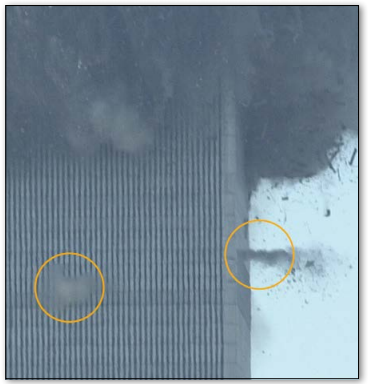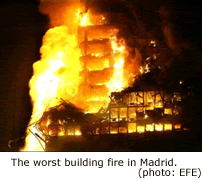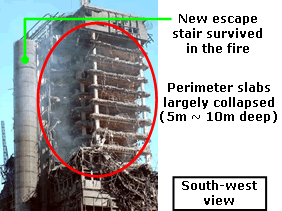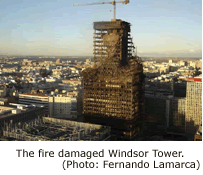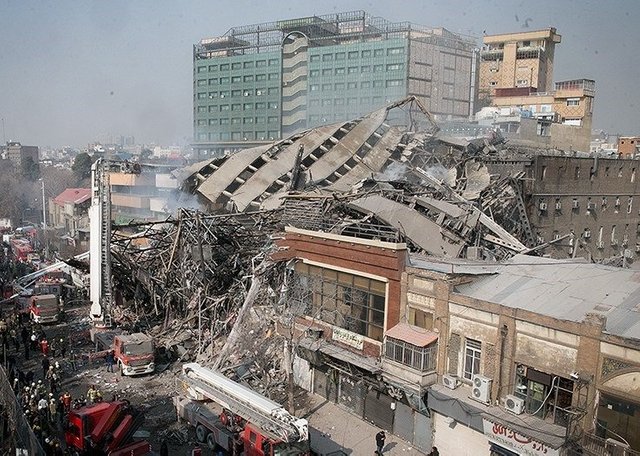RE: Succinct Absolute Truth about 9/11 and Las Vegas Massacre
I replied (archived and archived):
@jim attempted to rebuke my comments above (click “View the direct parent” if viewing on Steemit and comment above is not visible):
None of your technical points are relevant or matter, because they all presuppose “facts” that are flagrantly untrue, and for which you supply absolutely no evidence.
Which presupposed facts are you referring to specifically? Please enumerate, so we can determine if you even read the information.
Also I need to know which specific facts you are claim need to be presupposed and aren’t just inherent laws of physics.
Because as far as I remember, everything I wrote in the linked information I provided, was all facts of the laws of physics.
So it seems to me you didn’t even read it. So please be more specific in your rebuttal.
Jim didn’t reply.
Another computer programmer recently had his epiphany on 9/11 and it is a good read (although he is not quite yet to my level of understanding of the event).
I replied (archived and archived):
@pyrrhus wrote:
The conclusions from 2.25 seconds of free fall by building 7… https://www.europhysicsnews.org/articles/epn/pdf/2016/04/epn2016474p21.pdf
I guess the dupes want to ignore your excellent cited resource.
I’ll excerpt the key points from it, to bring it to the attention of the dupes who were to lazy to click the link (because of course they have more important things to do than their civic duty
):
Steven Jones¹, Robert Korol², Anthony Szamboti³ and Ted Walter⁴
¹Brigham Young University (early retired) – ²McMaster University (emeritus) – ³Mechanical design engineer in the aerospace industry – ⁴Architects & Engineers for 9/11 Truth – DOI:http://dx.doi.org/10.1051/epn/2016402
Robert Korol is a professor emeritus of civil engineering at McMaster University in Ontario, Canada, as well as a fellow of the Canadian Society for Civil Engineering and the Engineering Institute of Canada. His major research interests have been in the areas of structural mechanics and steel structures.
Indeed, neither before nor since 9/11 have fires caused the total collapse of a steel-framed high-rise—nor has any other natural event, with the exception of the 1985 Mexico City earthquake, which toppled a 21-story office building. Otherwise, the only phenomenon capable of collapsing such buildings completely has been by way of a procedure known as controlled demolition
[…]
Steel-framed high-rises have endured large fires without suffering total collapse for four main reasons:
[…]
- Steel-framed high-rises are designed to be highly redundant structural systems. Thus, if a localized failure occurs, it does not result in a disproportionate collapse of the entire structure.
[…]
Throughout history, three steel-framed high-rises are known to have suffered partial collapses due to fires; none of those led to a total collapse. Countless other steelframed high-rises have experienced large, long-lasting fires without suffering either partial or total collapse (see, for example, Fig. 1a and 1b) [1].
[…]
FIG. 3: The final frame of NIST’s WTC 7 computer model shows large deformations to the exterior not observed in the videos (Source: NIST).
[…]
by timing the charges to go off in a sequence so that the columns closest to the center are destroyed first. The failure of the interior columns creates an inward pull on the exterior and causes the majority of the building to be pulled inward and downward while materials are being crushed, thus keeping the crushed materials in a somewhat confined area—often within the building’s “footprint.”
[…]
FIG. 4: The above graph [10] compares David Chandler’s measurement [9] of the velocity of the roofline ofWTC 1 with Bažant’s erroneous calculation [11] and with Szamboti and Johns’ calculation using corrected input values for mass, acceleration through the first story, conservation of momentum, and plastic moment (the maximum bending moment a structural section can withstand). The calculations show that—in the absence of explosives—the upper section of WTC 1 would have arrested after falling for two stories (Source: Ref. [10]).
Given the nature of the collapse, any investigation adhering to the scientific method should have seriously considered the controlled demolition hypothesis, if not started with it. Instead, NIST (as well as the Federal Emergency Management Agency (FEMA), which conducted a preliminary study prior to the NIST investigation) began with the predetermined conclusion that the collapse was caused by fires.
Trying to prove this predetermined conclusion was apparently difficult. FEMA’s nine-month study concluded by saying, “The specifics of the fires in WTC 7 and how they caused the building to collapse remain unknown at this time. Although the total diesel fuel on the premises contained massive potential energy, the best hypothesis has only a low probability of occurrence.” NIST, meanwhile, had to postpone the release of its WTC 7 report
from mid-2005 to November 2008. As late as March 2006, NIST’s lead investigator, Dr. Shyam Sunder, was quoted as saying, “Truthfully, I don’t really know. We’ve had trouble getting a handle on building No. 7.”[…]
FIG. 5: High-velocity bursts of debris, or “squibs,” were ejected from point-like sources in WTC 1 and WTC 2, as many as 20 to 30 stories below the collapse front (Source: Noah K. Murray)
[…]
Instead, NIST’s final report provides an elaborate scenario involving an unprecedented failure mechanism: the thermal expansion of floor beams pushing an adjoining girder off its seat. The alleged walk-off of this girder then supposedly caused an eight-floor cascade of floor failures, which, combined with the failure of two other girder connections—also due to thermal expansion—left a key column unsupported over nine stories, causing it to buckle. This single column failure allegedly precipitated the collapse of the entire interior structure, leaving the exterior unsupported as a hollow shell. The exterior columns then allegedly buckled over a two-second period and the entire exterior fell simultaneously as a unit [3].
NIST was able to arrive at this scenario only by omitting or misrepresenting critical structural features in its computer modelling.[4] Correcting just one of these errors renders NIST’s collapse initiation indisputably impossible. Yet even with errors that were favorable to its predetermined conclusion, NIST’s computer model (see Fig. 3) fails to replicate the observed collapse, instead showing large deformations to the exterior that are not observed in the videos and showing no period of free fall. Also, the model terminates, without explanation, less than two seconds into the seven-second collapse.
Unfortunately, NIST’s computer modelling cannot be independently verified because NIST has refused to release a large portion of its modelling data on the basis that doing so “might jeopardize public safety.”
[…]
This difference in velocity effectively doubles the kinetic energy, because it is a function of the square of the velocity. In addition, researchers have demonstrated that the 58 × 106kg mass Bažant used for the upper section’s mass was the maximum design load—not the actual 33 × 106 kg service load [10]. Together, these two errors embellished the kinetic energy of the falling mass by 3.4 times. In addition, it has been shown that the column energy dissipation capacity used by Bažant was at least 3 times too low [2]
Jim deleted the above post of mine, ostensibly because he wants to hide the irrefutable physics.
I replied (archived and archived):
@jim wrote:
Buildings topple, but being larger than trees, after they have toppled for a bit, they fall apart and come down vertically in many small pieces, whereas a tree makes it all the way to the ground in one piece.
Are you not ashamed when you make all the structural engineers run away from your childish blog?
Even the simple Newton’s laws would inform you that a body in motion stays in motion until it is impacted by another force.
We are talking about a steel building here, not a Muslim castle constructed out of sand being poured out of the eye of a camel in some Alibaba mirage. Photos of the collapse of other steel buildings such as the Plasco building and the Windsor Tower fire, exemplify that when buildings collapse due to fire then they end up in an entangled bent (not cut) mess that can’t completely collapse due to the resistance of the entangled mass. Buildings don’t spontaneously destruct into entire collapse comprised of appropriately cut sections onto their original footprint without controlled demolition.
Also note the Plasco building is not even constructed with 47 center core columns that were thicker than huge oak trees at the base. So there’s no possible way the WTC entirely disintegrated without controlled demolition. Those who defend the official story are duped (and frankly I ponder if they even have a functioning brainstem).
Let’s remember on 9/11 we saw beams cut into neatly sized sections and the entire structure collapse into a maximally compressed pile due to everything being cut up into pieces instead of being an entangled bent maze of connected steel as we always see as the result from steel fires. See the many chopped up pieces of steel beams falling in the image below:
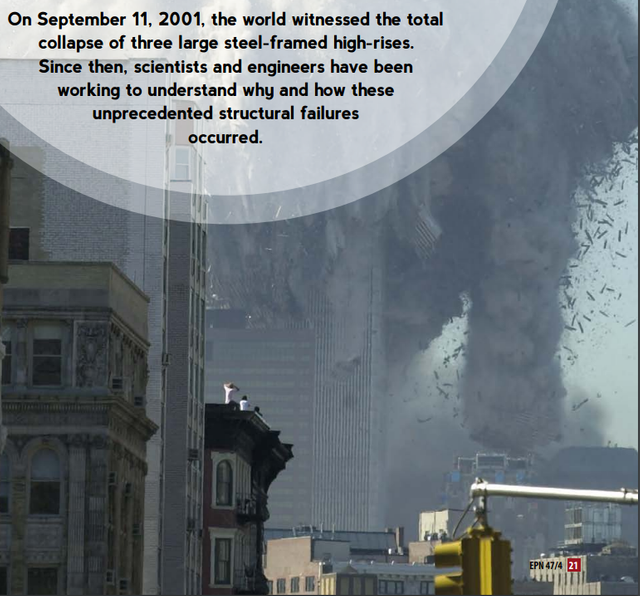
Readers should note that jet fuel and office fires don’t burn any where near hot enough to cut steel nor create molten steel. They can only soften steel leading to bent steel, if insulation is not present.
The recent NCCC mall fire in Davao where I am (c.f. also a video) — which burned through the entire day and night — also exemplifies that even raging fires in steel buildings do not cause them to entirely collapse into neatly cut sections of beams, but instead bend and warp and at worst partially collapse into a bent entanglement.
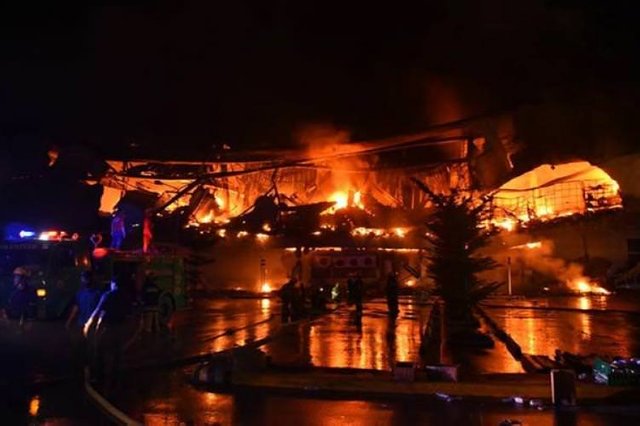
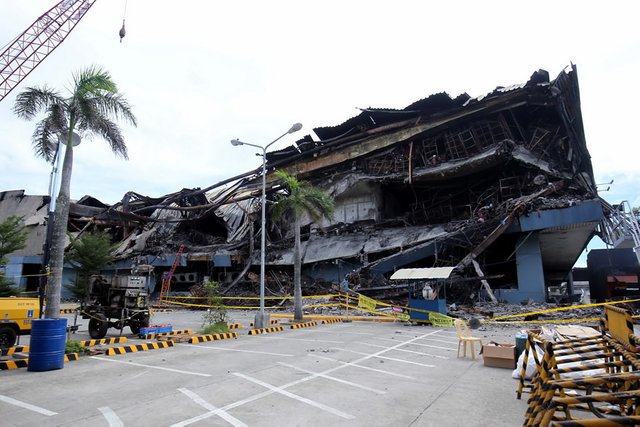
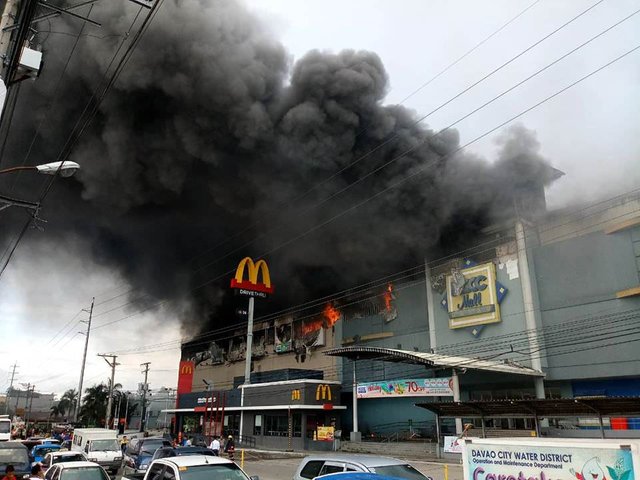
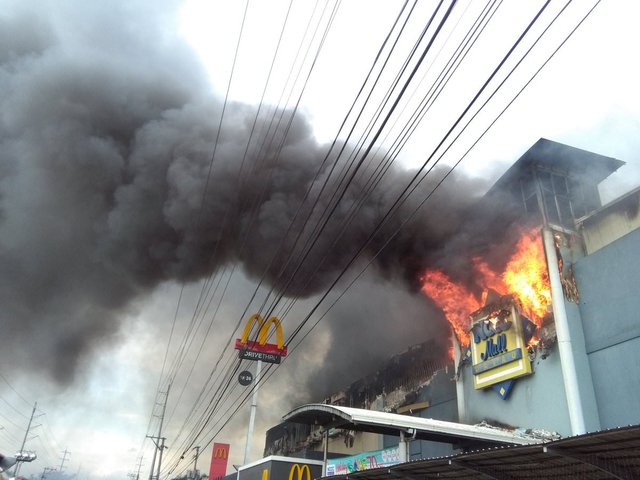
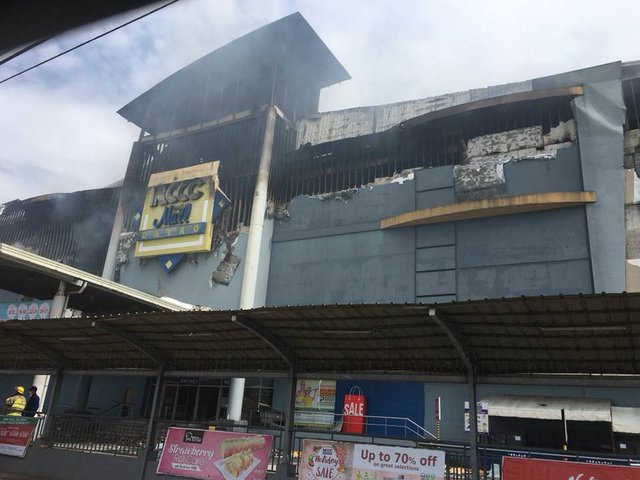
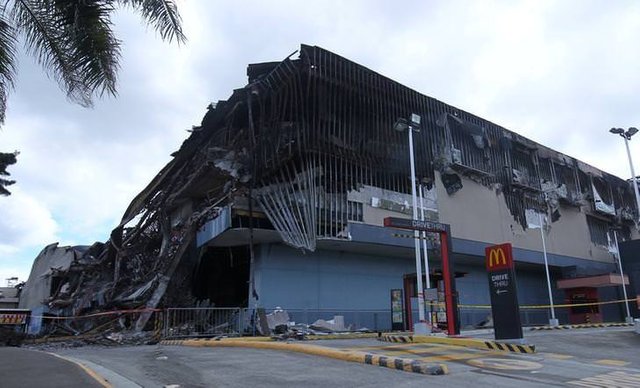
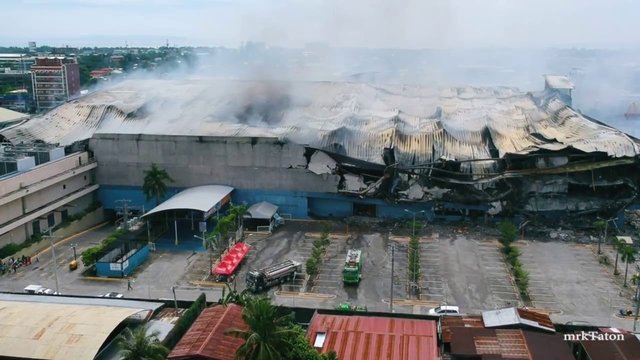
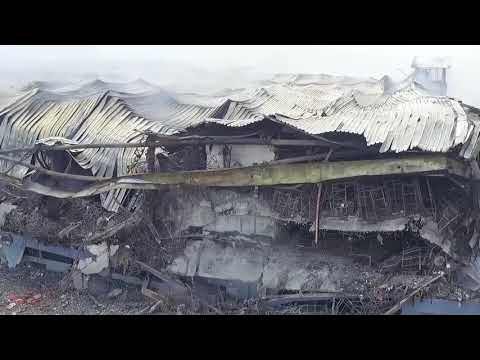
I replied (archived and archived):
@jim wrote:
The argument that steel buildings do not collapse in fires is only true because of building standards intended to prevent from collapsing in fires, which standards imply that if the conditions that the standard prepares for are massively violated, as they were in 911, the building will in fact collapse.
World Trade Center Building Seven was designed to withstand three hours of uncontrolled fire without collapsing, which standard and design objective implies that it was designed to collapse after substantially more than three hours of uncontrolled fire.
Nobody [who is sane] is arguing that steel buildings never collapse due to fires. There are recent examples of them falling.
What we’re arguing is that no steel building that has collapsed due to fire, collapsed entirely into its footprint.
Go look at the photos of the few instances of steel buildings which have been destroyed by raging fires and you will noticed that they are a partially collapsed, entangled mess of bent steel.
In no case can the 47 center columns of the WTC towers being entirely chopped up into neatly sized lengths and entirely collapsed without controlled demolition.
Any engineer here who continues to think otherwise after reading my technical explanation, is literally insane.
And I am not going to waste any more time on insane men who are determined to self-immolate.
I replied (archived and archived):
@Nikolai replied:
@The Cominator wrote:
I wouldn’t make these posts on troofers. Troofers are like some malignant Lovecraftian horror even mentioning their name or things associated with them can attact their attention.
Agreed. Troofers are nuts, you’ve proved so time and time again in the comments. Making actual posts refuting troofer claims gives them a sort of legitimacy that they really don’t deserve. It makes them think that they’re worth arguing against. Instead, treat them like Russia treats Pussy Riot
Another “pointless and witless” Millennial, another fantasy and diarrhea disrespect for those who actually understand some physics and engineering.
You’re falling into the woodchipper and we will enslave you in feudalism where you belong.

